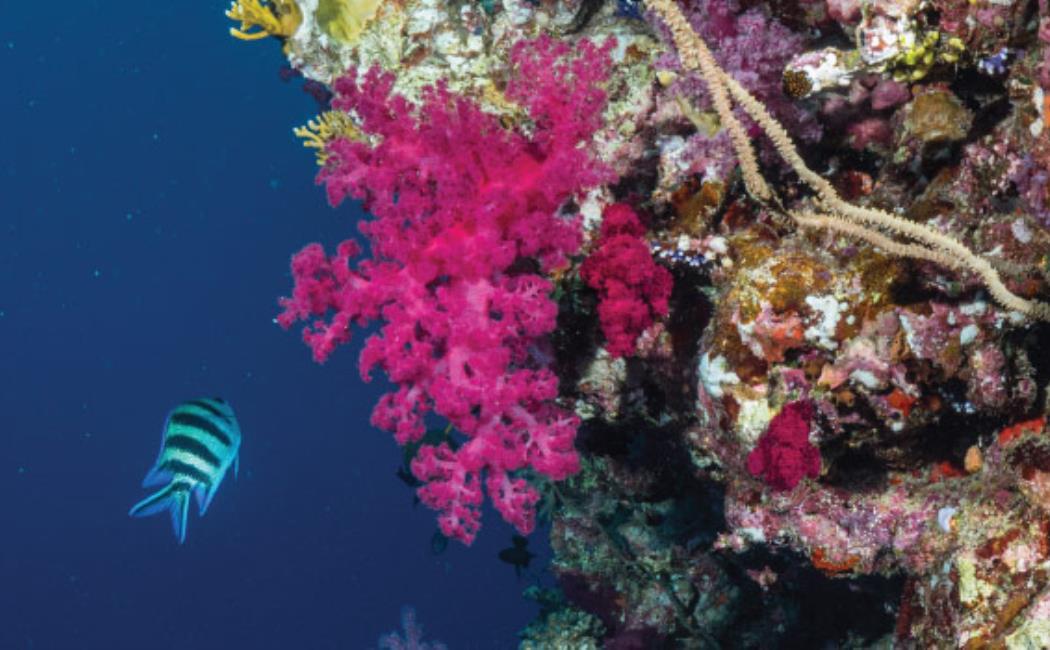
Corals go hungry long before they bleach
18 April, 2021
The results of coral beaching are obvious — stark underwater forests of white coral skeletons — yet the physiological processes of bleaching are not well understood. Now, KAUST researchers show that, long before signs of bleaching appear, prolonged spells of warm water cause heat stress that disrupts the nutrient cycling of the coral and its symbiotic algae.
Coral reefs occur in warm low-nutrient waters. Stony corals include the coral animal, which is a cnidarian host that lives in symbiosis with Symbiodiniaceae, single-celled algae that photosynthesize to help "feed" the coral in exchange for the protection of the coral tissue. During a bleaching event, the algae are expelled by the coral, which may lead to the coral's starvation and death. Current thinking, explains Nils Rädecker, a former Ph.D. student at KAUST and now at the École Polytechnique Fédérale de Lausanne (EPFL), “was that this starvation was the result of the corals losing the algae as their main source of energy.” However, a few signals suggested that it is not as simple as that.
Click here to read the full story.
Image: Heat stress disrupts the nutrient cycling of the coral and its symbiotic algae, which may lead to coral bleaching. Understanding this physiological process may help to guide appropriate countermeasures to prevent bleaching.
© 2021 Morgan Bennett Smith